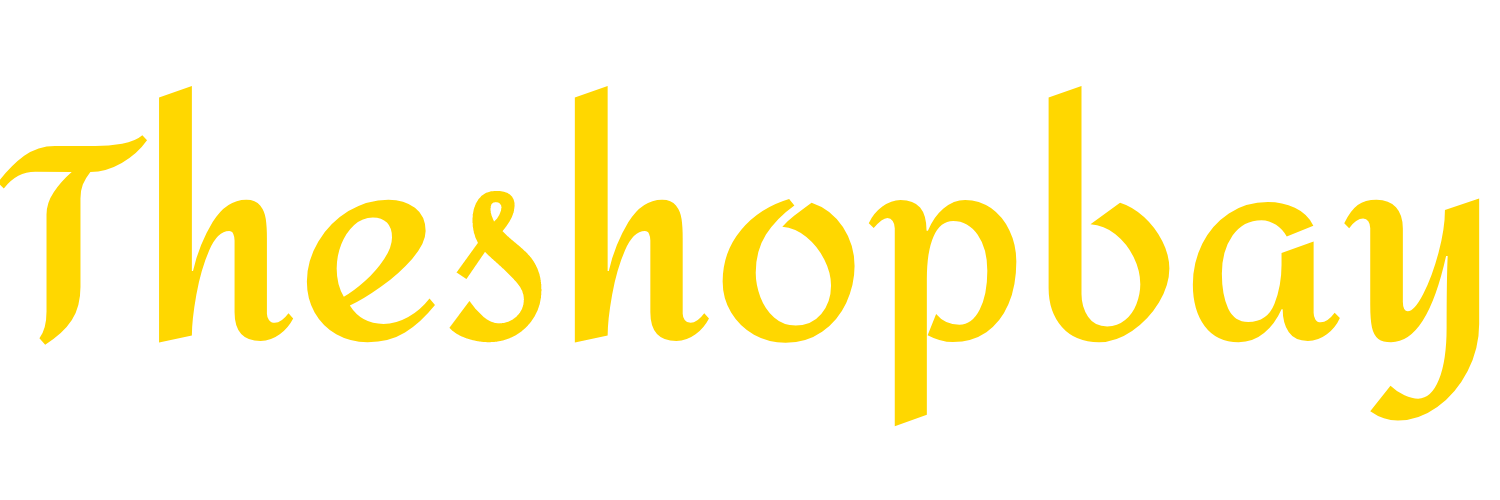Introduction
The Canon EOS R50 has a 24.2MP APS-C CMOS sensor and is the most affordable entry-level camera in Canon’s R-mount series. It feels like the Canon EOS M50 and has roughly the same size, weight, and ergonomics.
Canon EOS R50 Key Specifications
- 24.2 Megapixel CMOS APS-C sensor
- Fully articulating 2.95″ touch screen with 1.62M dot
- OLED viewfinder with 2.36M dot
- Single UHS-I card slot
- Max. Approx. 12 FPS with Mechanical shutter/1st curtain Electronic shutter
- Max. Approx. 15 FPS with Electronic shutter
- Built-in pop flash
- 4K/30p uncropped
- ISO Range – 100-32000
- No IBIS
- Weight – Approx. 328 g and 375g with card and battery
- Dimensions (W x H x D) – Approx. 116.3 x 85.5 x 68.8 mm
Canon EOS R50 – Body, Handling, and Performance
The Canon R50 is lightweight and compact, just 375g with battery and card, which makes it easier to carry and use the camera for long durations. Due to the small size, you might actually find it a little difficult to grip the camera and adjust your fingers so that you get a better grip.
The camera has only one control dial. The AF joystick and the AF ON/OFF button is missing. The controls basically have been paired down to simplify the camera to the extreme.
The Canon R50 feels similar to the EOS M50. The only difference in the design is the m-fn button which is replaced by ISO in EOS R50. This also is interesting, as across the R-series we find the dedicated ISO button only on the Canon ROS R7.
You can also count the Canon EOS M50 as its competitor, which was a highly popular camera, compact in size, and APS-C lenses only. The launch of Canon EOS R50 also speaks of Canon’s strategy moving forward. Maybe in the future, the Canon M mount would fade away, as EOS R50 is almost similar to EOS M50, but in the RF mount. In the future, it makes sense to conglomerate all Canon Interchangeable Lens Cameras into one single lens mount.
The camera comes with a pop-up flash, microphone jack, USB-C, and micro-HDMI. There is only one card slot compatible with the UHS-I SD card. The viewfinder is 2.36M DOT, and the LCD monitor is 1.62M DOT fully articulating, which is pretty good at this price point.
The Canon R50 has a DIGIC 10 processor, but no IBIS which is understandable at this price. The new processor enables the camera to upgrade the shooting speed up to 15fps in the electronic shutter mode. When compared to EOS M50, it could only shoot up to 10 fps in one shot AF, and 5 fps while tracking the subject. However, both cameras have very small buffers, so neither of them is ideal for shooting fast action or sports. You even get a better ISO performance and dynamic range in EOS R50 compared to EOS M50.
Autofocus and Photography Performance of the Canon EOS R50
In the Canon EOS R50, you can change the subject focus by utilizing and tapping the touchscreen while using the EVF.
Not exactly the same, but the Canon R50 autofocus is basically very similar to the Canon EOS R6 Mark II and Canon EOS R3. The camera does a great job of focusing. One improvement the camera has is that even in the auto shooting mode with the subject detection ON, the autofocus performs really well and does not lose the subject which opens doors for a lot of easy shooting.
The camera along with the auto plus mode has added a new feature A+ mode, which basically switches the camera to electronic shutter mode, taking multiple frames, stacking them together, giving you an image having more dynamic range i.e., bringing up the shadows, lowering the highlights and so on. However, the output file is in JPEG only, and not RAW.
The electronic shutter produces more frames compared to the EOS M50; however, you will see a rolling shutter shooting in the fast pan, giving strange diagonals.
Video
The Canon R50 shoots video only up to 4k/30P which is a 6K oversampled, unlike Canon EOS R10 which offers 4k/60P. However, the 4K/60P in EOS R10 was heavily cropped at 1.56x. Also comparing it to the EOS M50, it was a really good camera in terms of video because of its ease of use, and good autofocus. However, in 4K video, there was a heavy crop which make shooting difficult using autofocus. The R50 also has 1080/120 fps with AF, compared to the M50 which only has 720/120 fps without AF.
Unlike the Canon EOS R6 II and EOS R8, the EOS R50 does not have the new subject-only autofocus which helped the camera from constantly drifting away from the subject in focus. In addition to that, the missing IBIS is definitely a huge drawback. Talking about the video, EOS R7 is definitely a good choice as it has more features like the IBIS, headphone jack, or C-LOG recording. However, considering the price point of the EOS R50, it is actually a good hybrid camera.
Battery Performance
The battery compartment is available at the bottom of the camera and uses the LPE17 battery, which is a 7.5Wh battery, and not a lot to power mirrorless cameras. It will however do a good job for occasional photos, but not for long or continuous use. The battery as per the CIPA guidelines is capable of delivering 440 shots with LCD and approximately 310 shots with the viewfinder. You however get the USB PD (power delivery) charger which makes it easy enough to keep the battery charge topped up.
Pros and Cons
Pros
- 24MP APS-C sensor
- Great and reliable autofocus with subject recognition
- Fast shooting
- Compact, small, and lightweight
Cons
- No IBIS
- Small buffer that impacts 12 fps burst rate
- No 4K/60P and C-Log
- Lacks the latest tracking options available in EOS R6 II and EOS R8
Comparison
| Canon EOS R50 | Nikon Z50 | Sony A6400 | Fujifilm X-S10 | Canon EOS R10 | Canon EOS M50 II | |
| Price | $679.99 | $859.95 | $749.99 | $999.95 | $979.99 | $499.99 |
| Effective Pixels | 24.2 MP | 20.9 MP | 24.2 MP | 26.1 MP | 24.2 MP | 24.1 MP |
| Weight (Body Only) | 328g | 395g | 403g (including battery and card) | 415g | 382g | 387g |
| Mechanical Shutter Mode | 12 fps (electronic 1st curtain) | 11 fps | 11 fps | 8 fps | 15 fps Mechanical shutter & Electronic 1st curtain | 10 fps |
| Electronic Shutter Mode | 15 fps | 30 FPS with 8-megapixel stills in silent video mode | 8 fps with silent electronic shutter | 30 fps with crop 20 fps without crop | 23 fps | |
| Max. Shutter Speed | 1/4000 sec and 1/8000 sec (electronic) | 1/4000 | 1/4000 | 1/4000 sec and 1/32000 sec (electronic) | 1/4000 sec and 1/16000 sec (electronic) | 1/4000 |
| EVF | 2.36 million dots | 2.36 million dots | 2.36 million dots | 2.36 million dots | 2.36 million dots | 2.36 million dots |
| LCD | 1.62 million dots | 1.04 million dots | 921.6K dots | 1.04 million dots | 1.04 million dots | 1.04 million dots |
Canon EOS R50 vs Nikon Z50, Sony A6400, Fujifilm X-S10, Canon EOS R10, and Canon EOS M50 II
Conclusion
The Canon EOS R50’s better autofocus and improved video specs make it a great value for money. The IBIS is definitely missing, but understandable at this price point. It is a great replacement for the Canon EOS M50, which is one of the best-selling entry-level cameras. However, it would be good to see more lens options in the future from Canon.
To view Canon EOS R50 sample photos – Click Here









